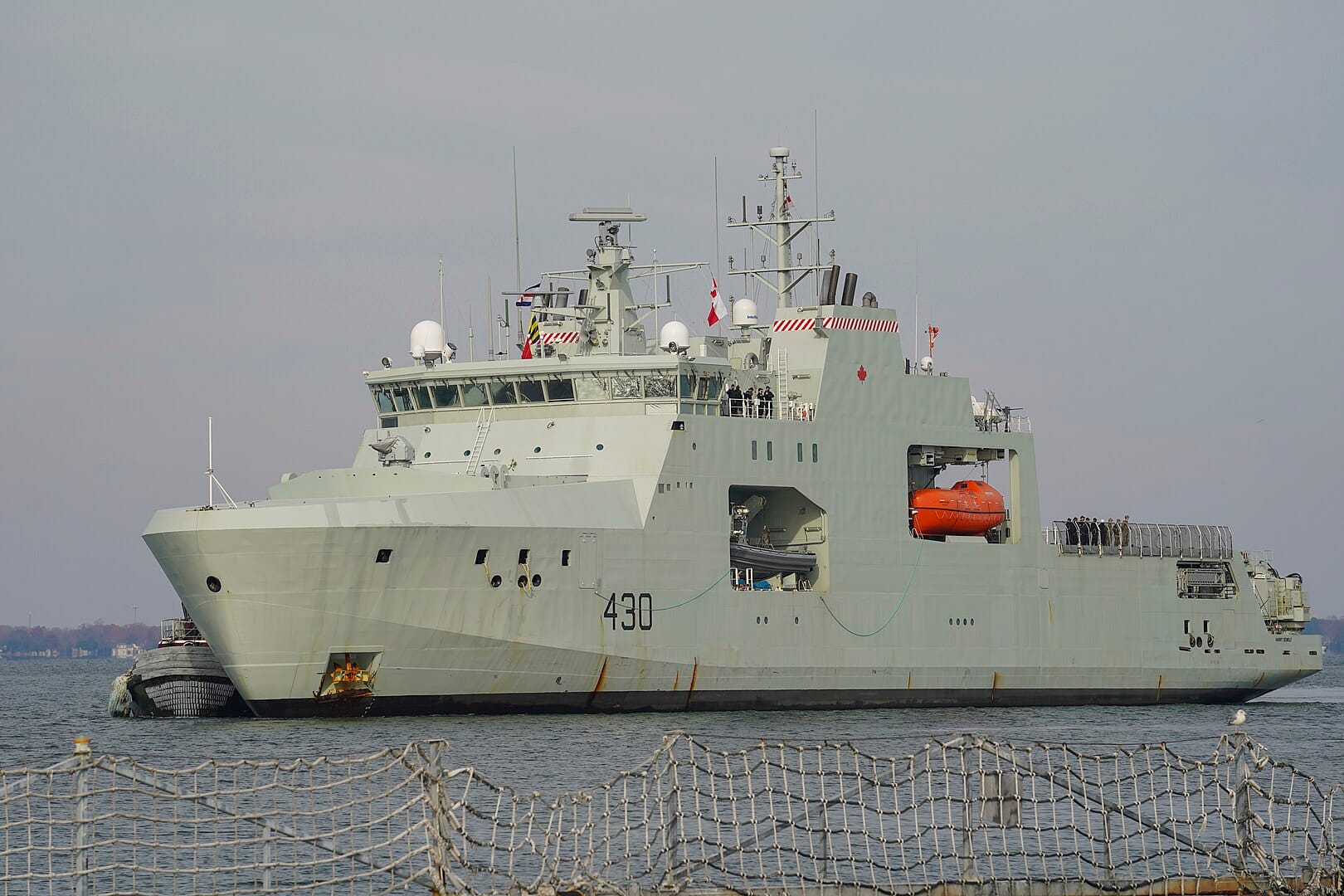The Arctic Debrief: Facility constructing 3rd Arctic LNG 2 module shuts down
In this edition of The Arctic Debrief: Facility constructing 3rd Arctic LNG 2 module shuts down; Chinese research vessel caught "probing" Canada's Arctic security infrastructure; and Chinese developer becomes majority partner in Russian Arctic lithium field

In this edition:
- Facility constructing 3rd Arctic LNG 2 module shuts down
- Chinese research vessel caught "probing" Canada's Arctic security infrastructure
- Chinese developer becomes majority partner in Russian Arctic lithium field
Latest Developments
Facility constructing 3rd Arctic LNG 2 module shuts down

The facility constructing Arctic LNG 2 modules is reportedly shutting down before completing the 3rd module. A local news paper reported that the contracts of factory workers, which will be expired as of September 2024, were not extended and progress on the 3rd module has ceased entirely.
Novatek announced the departure of the 2nd module (pictured above) on July 26. However, even when it arrives at the site of the Arctic LNG 2 project in the Gulf of Ob, it is unlikely to produce any liquefied natural gas. This is a result of a series of sanctions that the West has placed on Novatek and its partner companies.
The Arctic LNG 2 project was supposed to be the first of a series of projects that would secure Russia's position as one of the largest exports of LNG. However, since Russia's invasion of Ukraine in February 2022, the EU and US have placed a number of sanctions which prevent the completion of the project's modules, as well as the company's ability to export LNG.
In 2021, the energy industry accounted for about 45% of the Russian government's revenue. In addition to hampering production at Novatek's facilities, a Chinese company has taken steps to distance itself from the project in fear of Western sanctions.
Chinese research vessel caught "probing" Canada's Arctic security infrastructure

As the Canadian Arctic and Off-Shore Patrol Boat was conducting its first-ever patrol around Canada's Arctic waters, it encountered the Xue Long 2. The Chinese ship, which is a dual-purpose vessel used for maritime research and as an icebreaker, was transiting the Bering Strait off the coast of Alaska.
The Canadian patrol boat interacted with the Xue Long 2 "safely and professionally," according to National Defence spokesperson. The department believes that "foreign actors" are taking advantage of the melting Arctic to survey the Canadian Arctic for natural resources and to evaluate or "probe" Canada's Arctic security.
In early July, the US Coast Guard discovered a Chinese military flotilla just outside of Alaska's exclusive economic zone. When radioed, the commanding ship stated that the group was exercising "freedom of navigation operations."
Earlier in that month, Russia and China conducted a first-ever joint aerial exercise involving its nuclear-capable strategic bombers which flew near Alaska. Canadian and American fighter jets were scrambled as the bombers flew just off the coast of Alaska, but within international airspace.
Chinese developer becomes majority partner in Russian Arctic lithium field

Chinese natural resource company MCC International partnered with Polar Lithium to develop a lithium field in Russia's Arctic region of Murmansk. The company will assist with extracting and processing the raw material, which is considered a critical mineral necessary for the construction of batteries used in electric vehicles and other industries.
Polar Lithium is a Russian company owned by the state-owned Rosatom and private corporation Nornickel. It is unclear why the Chinese company was chosen as a partner to develop the lithium field, as Rosatom and Nornickel often lead and develop similar projects. However, many experts believed that China's partnership with Russia was impart driven by its desire to access rare earth minerals (and other resources) in Russia's Arctic region.
Earlier in July, the governor of Murmansk announced that an area, which may hold lithium deposits, would be granted status of "natural park," from its previous "reserve" status. While the regional government attempted to paint the move as granting the area further protection, the document which was signed to change the area's status allows it to be used for "economic activities," such as natural resources exploration and extraction.

